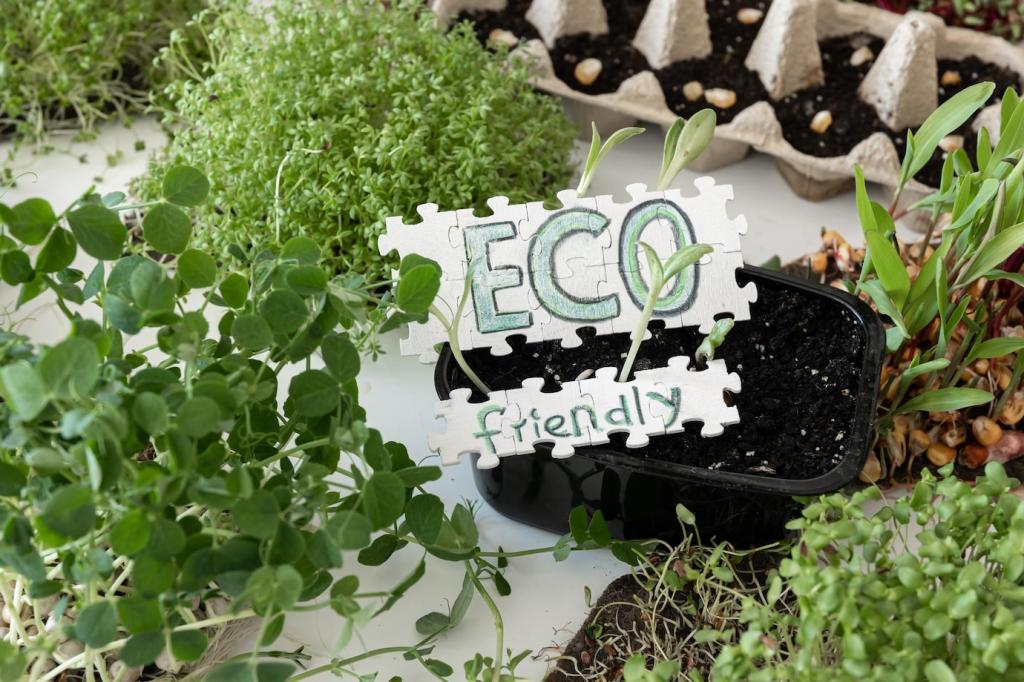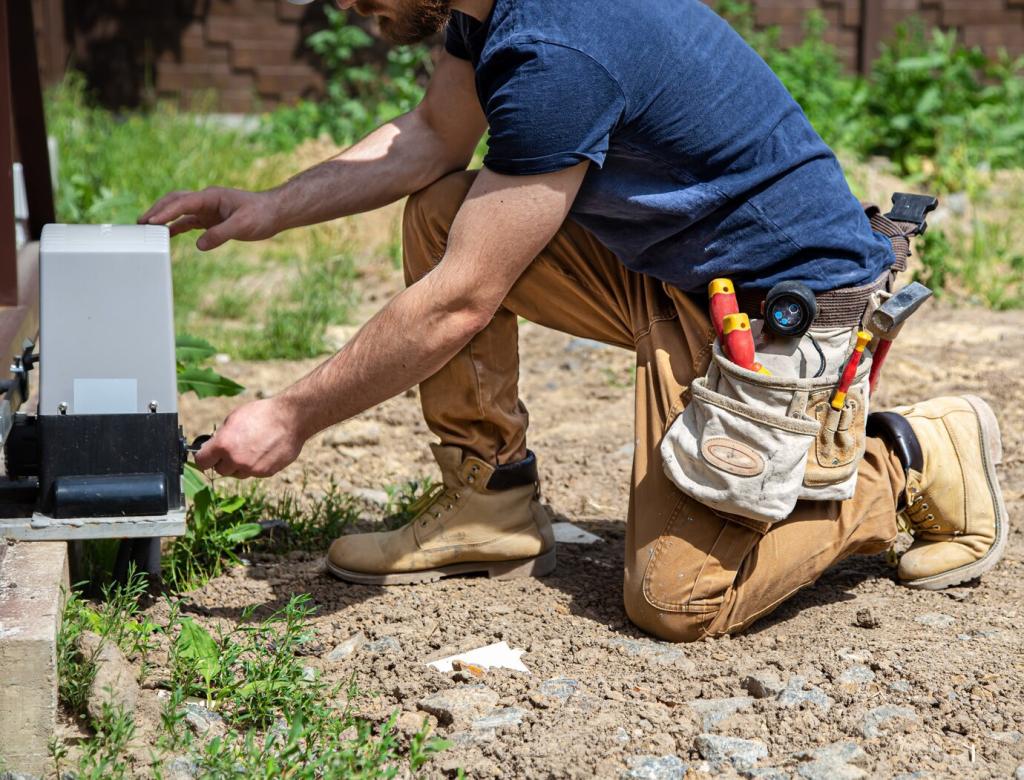Creative Upcycling Techniques
Celebrate variation by unifying diverse components with a shared palette or repeating metal tones. Pair walnut drawer faces with brass pulls rescued from different dressers, then unify with consistent spacing. Contrasts become a design language, transforming inconsistencies into character. This approach turns recycling and upcycling furniture components into a signature look rather than a compromise.
Creative Upcycling Techniques
Blend old and new using dowels, floating tenons, or pocket-hole joinery to secure reclaimed rails and legs. Pre-drill to avoid splitting aged hardwoods, and reinforce with glue designed for end-grain. When upcycling furniture components, pilot holes, clamping cauls, and alignment references ensure crisp, square assemblies that outlast the originals without sacrificing their storied patina.
Creative Upcycling Techniques
Highlight grain and history with low-VOC finishes like hardwax oil, waterborne polyurethane, or shellac. Clean carefully, raise the grain, and sand minimally to preserve tool marks that tell the component’s story. For mixed woods, use toning techniques to harmonize color while letting differences remain visible. Protective finishes make recycled parts resilient to daily life.











